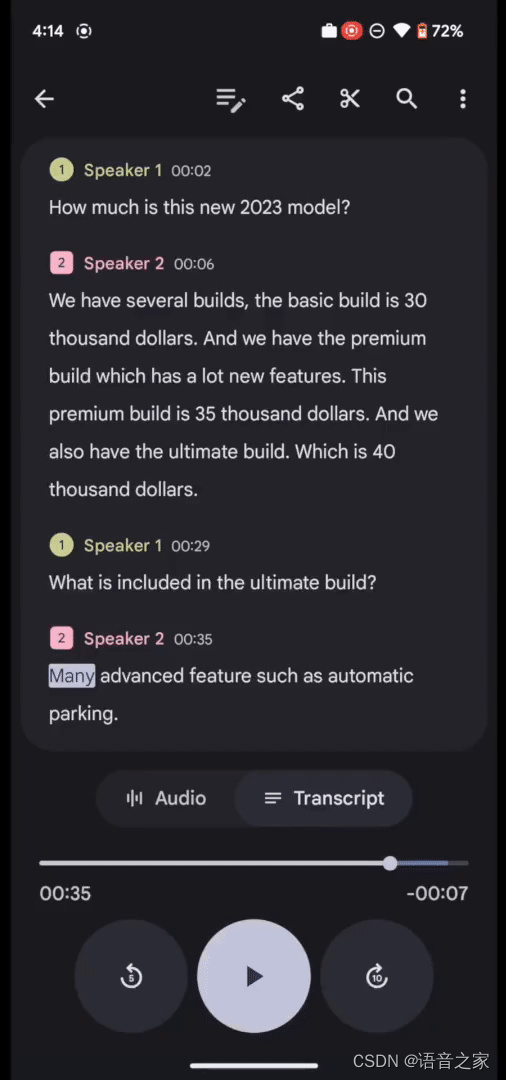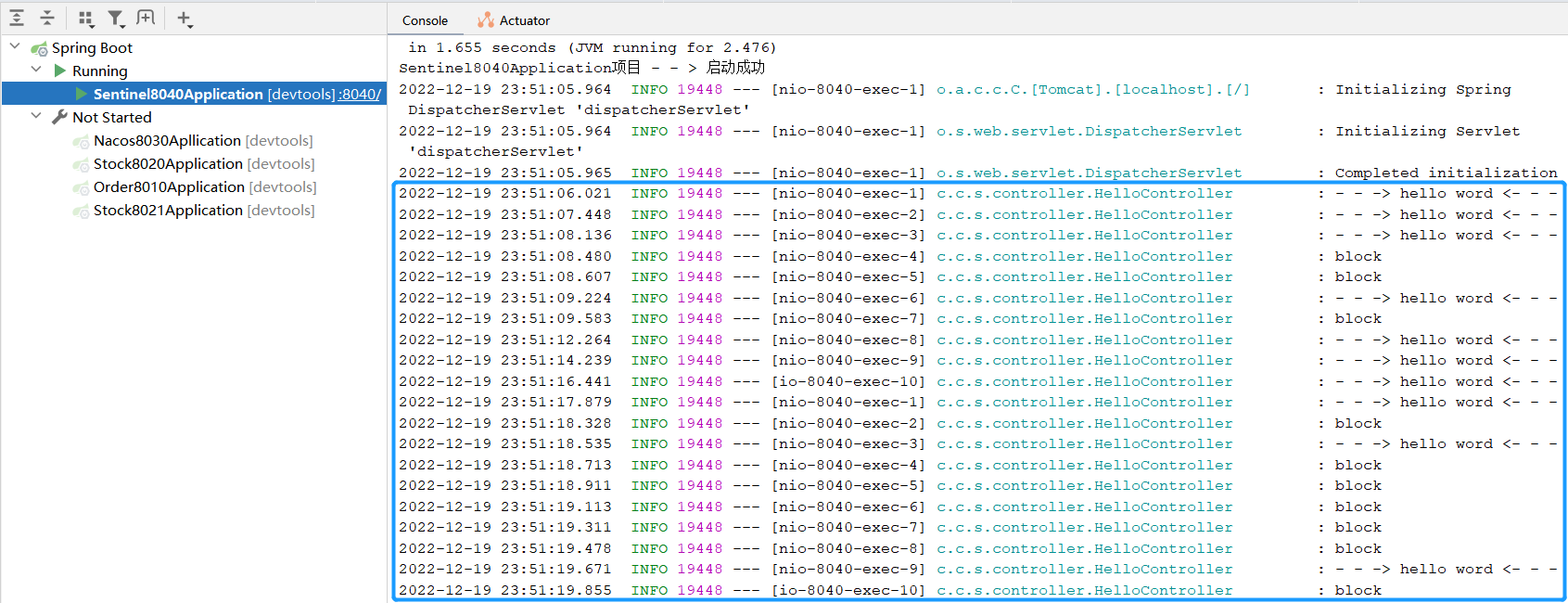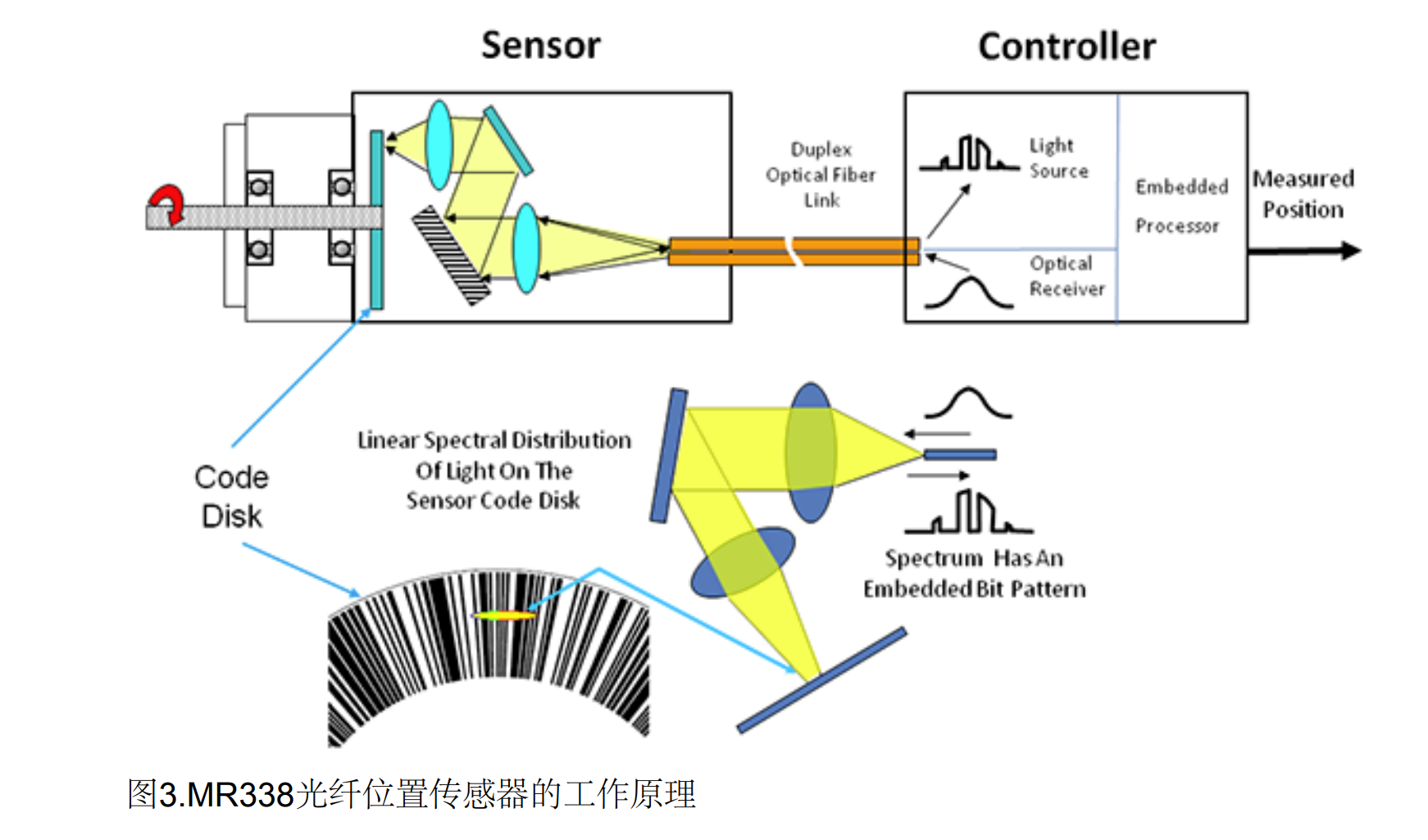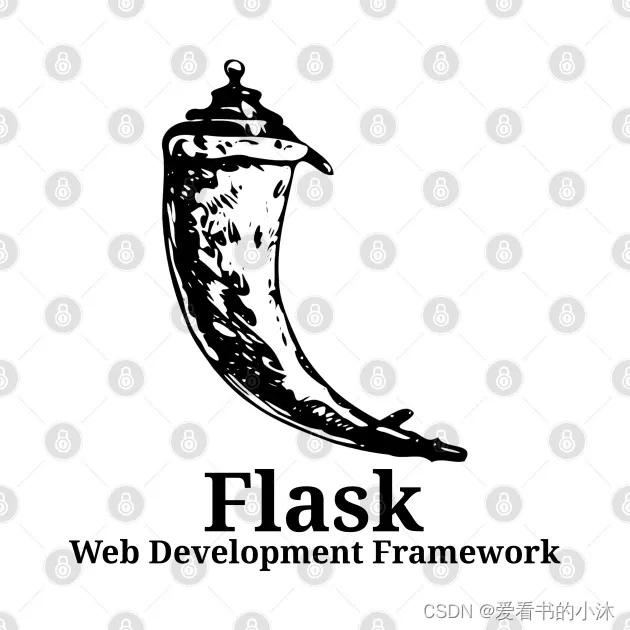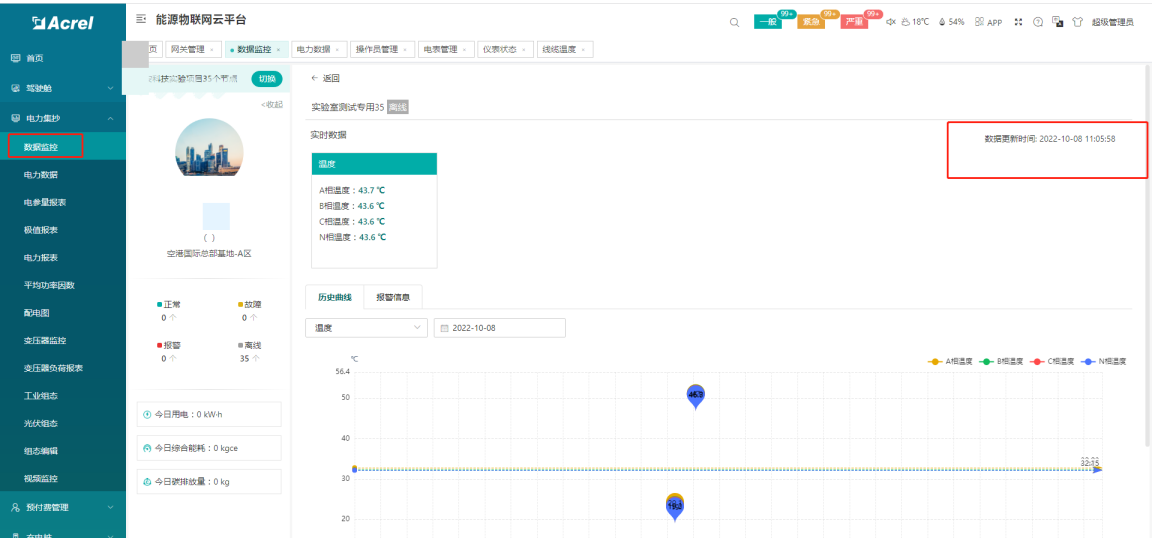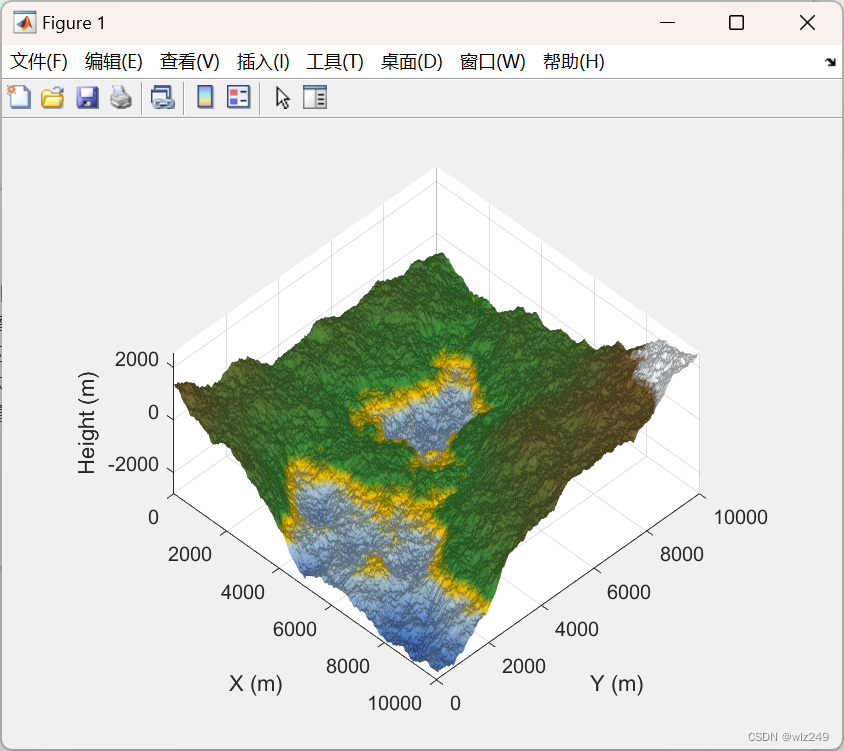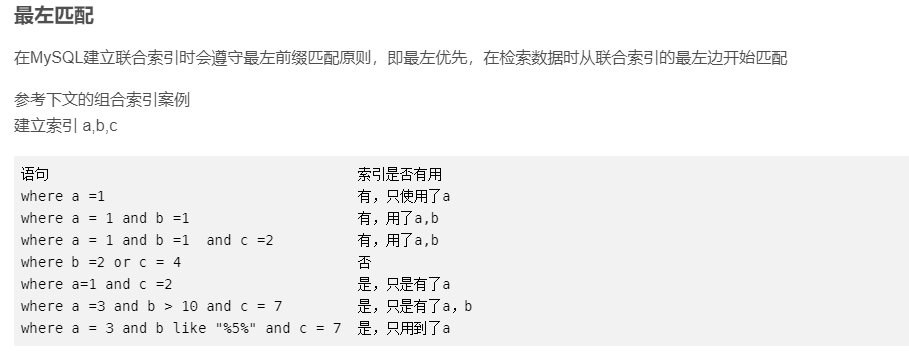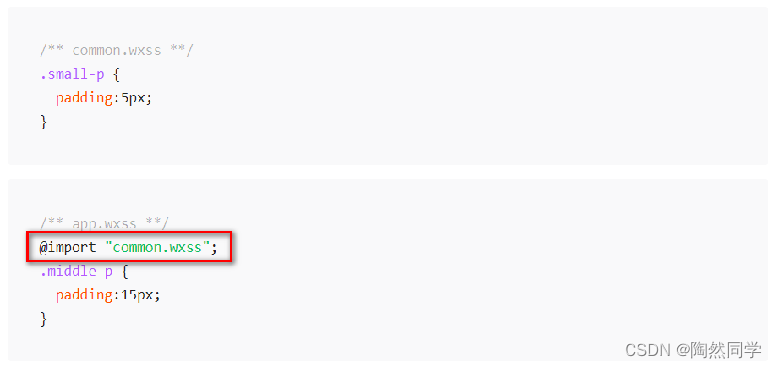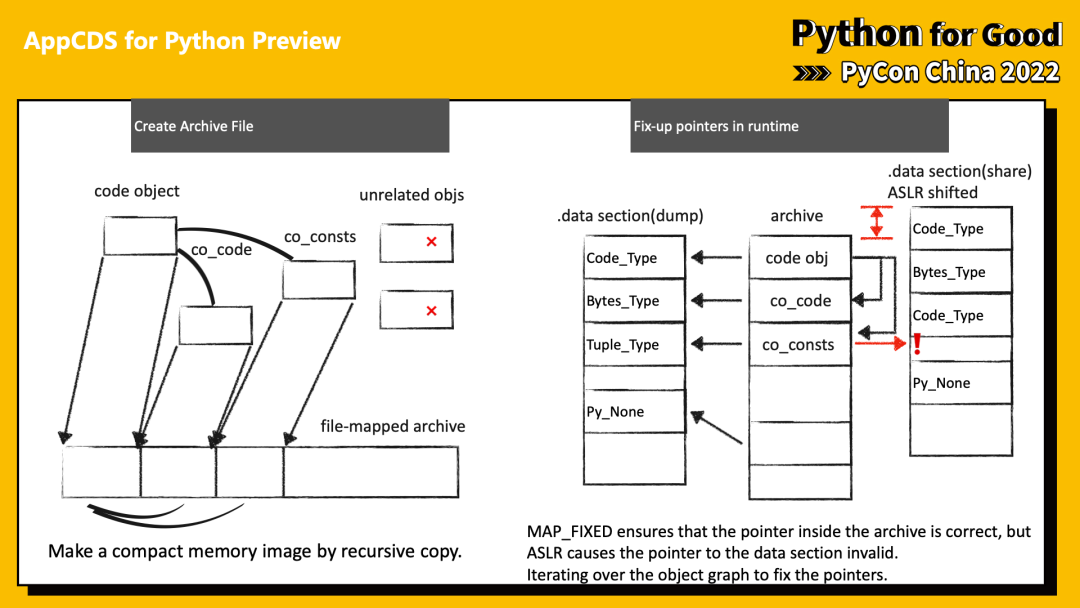实现Kafka至少消费一次
- 默认的kafka消费者存在什么问题?
- 实现至少消费一次
- 加入重试队列再次消费
- 使用seek方法再次消费
在实际重要的场景中,常常需要实现消费者至少消费一次。因为使用默认的kafka消费者存在某些问题。
默认的kafka消费者存在什么问题?
(1)需要自己实现重新消费数据
在刚开始思考时,有人认为实现重复消费还不简单?取消自动提交,确认一批消息已经消费成功就执行手动提交,否则不提交;之后重新获取未提交的数据,就可以达到重复消费的目的。
可是,事实是残酷的,试一次就知道,感觉手动不提交没有用一样😂,消费者一直在往后消费。
对于Kafka中的分区而言,它的每条消息都有唯一的 offset ,用来表示消息在分区中对应的位置(called:偏移量)。 对于消费者而言,它也有一个 offset 的概念,消费者使用offset来表示消费到分区中某个消息所在的位置(called:位移)。偏移量存储在Kafka内部的主题 __consumer_offsets 中,而位移存储在消费者端的内存中。“提交”就是将消费者端存储的位移存储到 __consumer_offsets 持久化,当消费者发生崩溃或发生消费者重平衡时,就会去读取存储在 __consumer_offsets 中的偏移量,其他正常情况下都是按内存存储的位移在顺序读取。因此,按照上述操作就会出现提交没用的效果。
(2)自动提交情况下,可能出现消息丢失情况
拉取线程 A 不断地拉取消息并存入本地缓存,比如在 BlockingQueue 中,另一个处理线程 B 从缓存中读取消息并进行相应的逻辑处理。假设目前进行到了第 y+1 次拉取,以及第 m 次位移提交的时候,也就是 x+6 之前的位移己经确认提交了,处理线程 B 却还正在消费 x+3 的消息 。 此时如果处理线程B 发生了异常,待其恢复之后会从第 m 次位移提交处,也就是 x+6 的位置开始拉取消息,那么 x+3 至 x+6 之间的消息就没有得到相应的处理,这样便发生消息丢失的现象 。
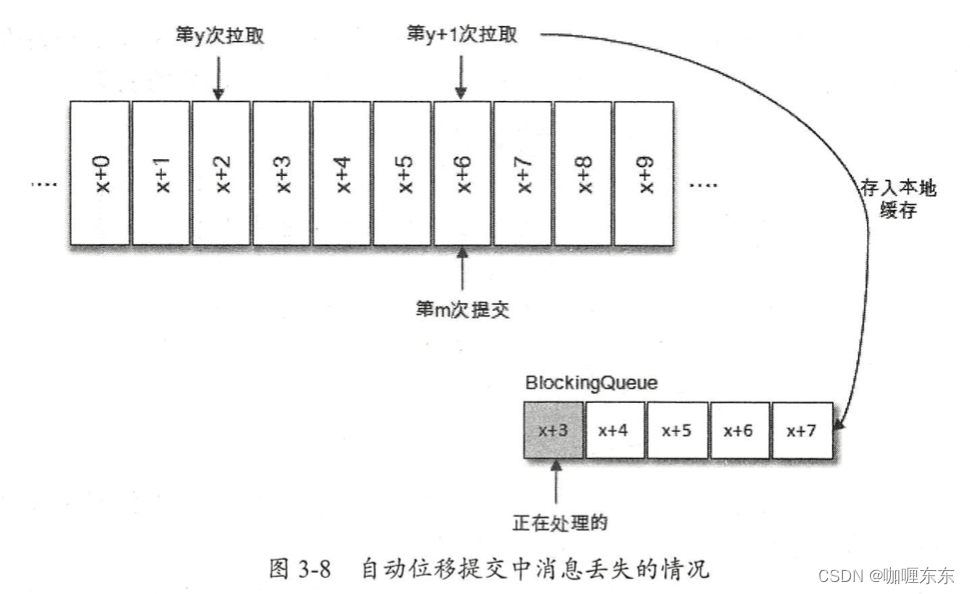
实现至少消费一次
语言:python 3.8
工具:confluent-kafka
目前有2个思路,第1个时新建一个重试队列,当遇到问题消息时将其插入到重试队列中,消费者可以再次获取到该问题消息并再次消费。第2个是通过 seek 方法设置位移到指定发生问题的位置,使得重新消费问题消息;
加入重试队列再次消费
class KafkaAtLeastOnceConsumer(object):
"""
注意:
1. 用户方法须返回Boolean类型数据,False将可能重新消费该数据
2. 用户消息内容不得包含 try_count、old_topic 关键字
"""
run_flag = True
if config.DEBUG:
total_set = set()
def __init__(
self,
group_id: str,
topic_list: List,
user_function: Callable,
servers: List = config.KAFKA_HOST,
consumer_count: int = 5,
reset_type: str = 'latest',
concurrency: int = 5,
batch_size: int = 500,
timeout: int = 1,
base_mode: bool = False,
retry_count: int = 3,
):
assert consumer_count > 0, '消费者数目须大于0'
assert concurrency > 0, '消费者并发度须大于0'
assert batch_size > concurrency, '单批消息数须大于并发度'
assert timeout > 0, '获取消息超时时间须大于0'
assert retry_count > -2, '重试次数应大于等于-1'
self._consumer_count = consumer_count
self._pool = ThreadPoolExecutor(max_workers=self._consumer_count)
self._servers = ','.join(servers)
self._group_id = group_id
self._user_function = user_function
self._reset_type = reset_type
self._topic_list = topic_list
self._concurrency = concurrency
self._batch_size = batch_size
self._timeout = timeout
self._retry_count = retry_count
self._process_num_per_thread = 100
self._retry_topic_name = 'kfk_retry_queue'
self._inner_producer = None
self._topic_list.append(self._retry_topic_name)
if base_mode:
self._retry_count = 0
def start(self) -> None:
for i in range(self._consumer_count):
self._pool.submit(self._core)
def shutdown(self) -> None:
KafkaAtLeastOnceConsumer.run_flag = False
def _split_msgs(self, msgs: List) -> List:
msg_num = len(msgs)
if msg_num <= self._process_num_per_thread * self._concurrency:
process_num_per_thread = self._process_num_per_thread
else:
process_num_per_thread = int(msg_num / self._concurrency)
return list(chunked(msgs, process_num_per_thread))
def _core(self) -> None:
try:
consumer = self._init_consumer()
batch_pool = ThreadPoolExecutor(max_workers=self._concurrency)
while KafkaAtLeastOnceConsumer.run_flag:
msgs = consumer.consume(num_messages=self._batch_size, timeout=self._timeout)
if not msgs:
continue
if config.DEBUG:
log.info(f'开始处理一批消息')
msg_lists = self._split_msgs(list(msgs))
threads = []
for msg_list in msg_lists:
t = batch_pool.submit(self._thread_run, msg_list)
threads.append(t)
wait(threads)
consumer.commit()
if config.DEBUG:
log.info(f'完成处理一批消息')
log.info(f'total_set:{len(KafkaAtLeastOnceConsumer.total_set)}')
time.sleep(1)
except Exception as e:
log.exception(e)
finally:
try:
if consumer:
consumer.close()
if batch_pool:
batch_pool.shutdown()
except Exception as e:
log.exception(e)
def _thread_run(self, msg_list) -> None:
for msg in msg_list:
msg_map = json.loads(msg.value().decode('utf-8'))
if 'old_topic' in msg_map and msg_map['old_topic'] not in self._topic_list:
continue
try:
func_is_success = self._user_function(msg)
except Exception:
func_is_success = False
if not func_is_success:
if msg.topic() == self._retry_topic_name:
try_count = msg_map.get('try_count', 0)
else:
try_count = 0
if self._retry_count == 0 or (0 < self._retry_count <= try_count):
continue
else:
# 重试操作
if not self._inner_producer:
self._inner_producer = self._init_producer()
msg_map['try_count'] = try_count + 1
msg_map['old_topic'] = self._topic_list[0]
self._inner_producer.produce(self._retry_topic_name, json.dumps(msg_map))
elif config.DEBUG:
KafkaAtLeastOnceConsumer.total_set.add(json.loads(msg.value().decode('utf-8'))['t'])
def _init_consumer(self) -> Consumer:
_consumer = Consumer(
{
'bootstrap.servers': self._servers,
'group.id': self._group_id,
'auto.offset.reset': self._reset_type,
'enable.auto.commit': False,
}
)
_consumer.subscribe(self._topic_list)
return _consumer
def _init_producer(self) -> Producer:
_producer = Producer(
{
'bootstrap.servers': ','.join(config.KAFKA_HOST),
}
)
return _producer
- 同时开启 consumer_count 个消费者并处于同一分组中,为了提高吞吐量,每个消费者又会开启 concurrency 个线程去消费数据
- 当消费消费出现异常或返回False,并且重试次数没有使用完毕,就会将初始消息以及重试次数发送到“重试队列”
- 关闭自动提交,开启手动提交,当消费者端崩溃或再平衡时再次消费未提交数据。
测试代码:
def _get_msg_data(msg):
p = msg.partition()
o = msg.offset()
t = msg.topic()
value = msg.value().decode('utf-8')
return p, o, t, value
def my_function(msg):
if msg.error():
log.error('fetch msg is error. error:%s' % msg.error())
return False
# 处理业务逻辑,单次问题进行重试
p, o, t, value = _get_msg_data(msg)
if random.randint(1, 100) == 9:
log.info(f"发生业务异常返回False, topic:{t}, partition:{p}, offset {o}, value:{value['t']} ")
return False
else:
log.info(f'业务处理消息,topic:{t}, partition:{p}, offset:{o}, content:{value}')
return True
def success_function(msg):
# 处理业务逻辑,完全正常
if msg.error():
log.error('fetch msg is error. error:%s' % msg.error())
return False
p, o, t, value = _get_msg_data(msg)
log.info(f'业务处理消息,topic:{t}, partition:{p}, offset:{o}, content:{value}')
return True
def exception_function(msg):
# 处理业务逻辑,抛出异常重试
if msg.error():
log.error('fetch msg is error. error:%s' % msg.error())
return False
p, o, t, value = _get_msg_data(msg)
if random.randint(1, 100) == 9:
log.info(f"发生业务异常返回False, topic:{t}, partition:{p}, offset {o}, value:{value['t']} ")
raise Exception('业务异常')
else:
log.info(f'业务处理消息,topic:{t}, partition:{p}, offset:{o}, content:{value}')
return True
def test_normal_try_limit(retry_count):
# 用户函数返回false重试(-1无限/数字为重试次数)
consumer = KafkaAtLeastOnceConsumer(group_id, [topic], my_function, retry_count=retry_count)
consumer.start()
while True:
time.sleep(10)
def test_exception_try_limit(retry_count):
# 异常指定重试次数(-1无限/数字为重试次数)
consumer = KafkaAtLeastOnceConsumer(group_id, [topic], exception_function, retry_count=retry_count)
consumer.start()
while True:
time.sleep(10)
def test_normal_no_try():
# 基本模式
consumer = KafkaAtLeastOnceConsumer(group_id, [topic], my_function, base_mode=True)
consumer.start()
while True:
time.sleep(10)
def test_crash_consume():
# 模拟消费者关停/崩溃,消费者继续消费
consumer = KafkaAtLeastOnceConsumer(group_id, [topic], success_function, base_mode=True)
consumer.start()
time.sleep(20)
consumer.shutdown()
if __name__ == '__main__':
test_channel = sys.argv[1]
if test_channel == "1":
test_normal_try_limit(-1)
elif test_channel == "2":
test_normal_try_limit(3)
elif test_channel == "3":
test_exception_try_limit(-1)
elif test_channel == "4":
test_exception_try_limit(3)
elif test_channel == "5":
test_normal_no_try()
elif test_channel == "6":
test_crash_consume()
else:
test_normal_try_limit(-1)
使用seek方法再次消费
理论上来讲,这种方法是能行的通的。因为seek能将一个活跃分区的消费位移设置到消费失败的位置,然后下一次拉取时可以重新获取该数据,并且相比使用“重试队列”,seek方式还可以保证消息部分顺序。
但是seek在批量处理下存在未知问题,后面再研究。

